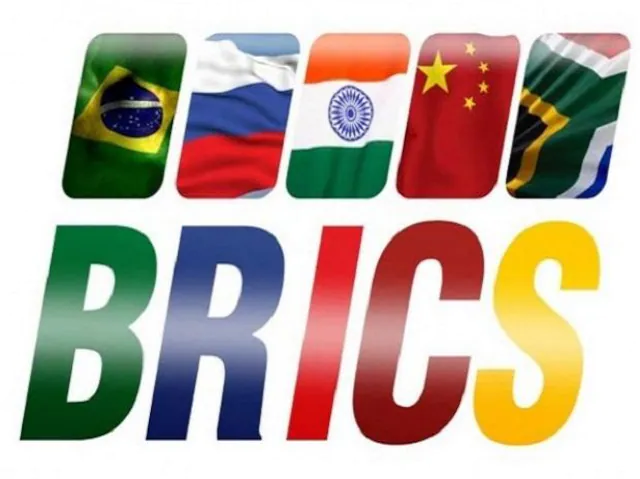The Dalai Lama’s succession today is not just a religious issue, but a political one as well. Here’s how the Dalai Lama is chosen
The fourteenth Dalai Lama, Tenzin Gyatso, the profound pioneer of Tibet, is turned 84 on July 6. With his propelling age, the topic of who will succeed him, has turned out to be all the more squeezing. Champ of the 1992 Nobel Peace Prize and a standout amongst the most unmistakable appearances of Buddhism, the Dalai Lama is a significant figure carrying Buddhist lessons to the worldwide network.
The successor to the Dalai Lama is customarily situated by senior ascetic pupils, in light of otherworldly signs and dreams. In 2011, notwithstanding, the Chinese remote service proclaimed that solitary the legislature in Beijing can delegate the following Dalai Lama and no acknowledgment ought to be given to some other progression competitor.
As a researcher of transnational Buddhism, I have examined Buddhism and its refashioning with regards to globalization. The Dalai Lama’s progression today isn’t only a religious issue, yet a political one too. Here’s the way the Dalai Lama is picked.
The Dalai Lamas in Tibetan Buddhism
The Dalai Lama is a profoundly compelling figure. The majority of the Dalai Lamas are believed to be signs of the bodhisattva of empathy, Avalokitesvara. The 14 ages of Dalai Lamas, spreading over six centuries, are connected through their demonstrations of sympathy. For Buddhists, a definitive objective is illumination, or “nirvana” – a freedom from the cycle of birth and passing. East Asian and Tibetan Buddhists, as a feature of the Mahayana organization, accept bodhisattvas have achieved this most elevated acknowledgment.
Moreover, Mahayana Buddhists accept bodhisattvas be reawakened, to encounter the torment and enduring of the world, so as to enable different creatures to achieve illumination.
Tibetan Buddhism has built up this thought of the bodhisattva further into recognized heredities of resurrections called “tulkus.” Any individual who is accepted to be a resurrection of a past instructor, ace, or pioneer, is considered a tulku. Tibetan Buddhism has hundreds, if not a huge number of such ancestries, yet the most regarded and understood is the Dalai Lama.



No comments:
Post a Comment